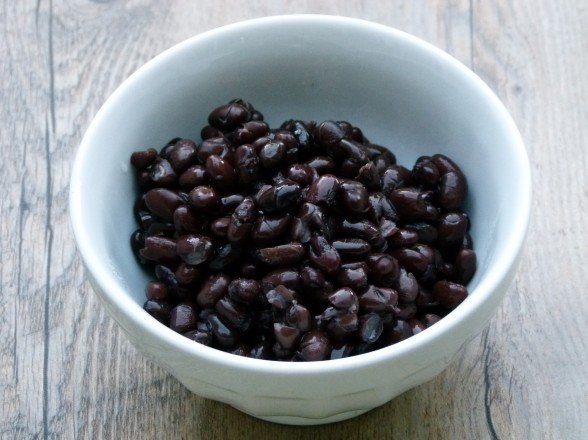
This is the time of year when I start to make more bean-based soups and chilis. And as soon as it stops being 80 degrees around here, I’ll get right on that. Actually, regardless of the season, we are a bunch of bean eaters in this house. Besides chili, I use beans in Mexican dishes, salads, pastas, veggie burgers, with braised greens or in dips. There are many varieties of beans that we eat — from garbanzos to black to pinto to Cannellini and more.
Beans are incredibly versatile and they happen to be a great low-fat source of fiber and protein. Beans are one of those low-glycemic foods that gives you long-lasting energy without spiking your blood sugar. Hooray! No insulin surge! And what’s more is that several types of beans including kidney, pinto and black are off the charts in antioxidants, as in a whole heck of a lot.
Beans are quite affordable, especially if you make them from scratch. A pound of dried beans can cost anywhere from $1 to $1.50 and that will yield the equivalent of 3-4 15-ounces cans. If you buy high-quality organic beans from a company like Eden Organic, which doesn’t line their cans with BPA, one can costs approximately $2.30. You can do the math here and realize that you would save a lot of money buy cooking your beans from scratch. Not only that, most cans are lined with BPA, which is a carcinogen that is not easily detoxified. And wouldn’t you feel better about not throwing all those cans into a landfill? Yes indeed. 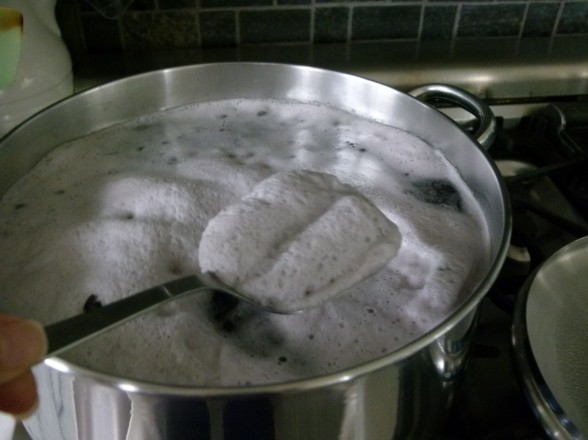
I am teaching a black bean and pumpkin soup recipe this month in my classes and I have noticed my students furiously scribbling my instructions for how to cook dried beans. I realized this would be a good thing to post, so here are a few of my tips for preparing beans from scratch.
- Buy beans from a store with a high turnover to ensure you don’t get very old beans which take longer to cook.
- Plan ahead since you need to soak beans for at least 6 hours and then cook them for an hour or more.
- Pick through the beans before soaking and look for any small stones or debris.
- Place beans in a large bowl or pot and cover with a generous (4-6 inches) of cold water. If you have a piece of kombu (kelp), add that to the beans for additional digestibility and alkalinity. Leave the bowl on the countertop or in the refrigerator for at least 6 hours or overnight. Check to make sure all the beans stay below sea level! I usually start soaking in the morning when I’m making breakfast.
- Drain the beans in a colander and transfer (with kombu, if using) to a large pot. Sometimes I add some onion and celery if I know I’m going to use the beans for a salad, but I usually don’t add vegetables. Fill with fresh cold water to cover by at least 4 inches and bring to a boil over high heat.
- Lower heat to a simmer and skim off any foam from the top. Maintain a gentle, active simmer. Boiling the beans rapidly can make them lose their shape.
- Start to test the beans for tenderness after 50 minutes. Continue to taste them until desired tenderness is achieved. This can take an hour or more depending on the age of the beans.
- Turn the heat off and if you have time, add some kosher salt to the beans and allow the beans to cool in their cooking liquid.
- Drain and now they’re ready to eat! Or store them in the refrigerator for up to 3 days or in the freezer for up to 3 months.

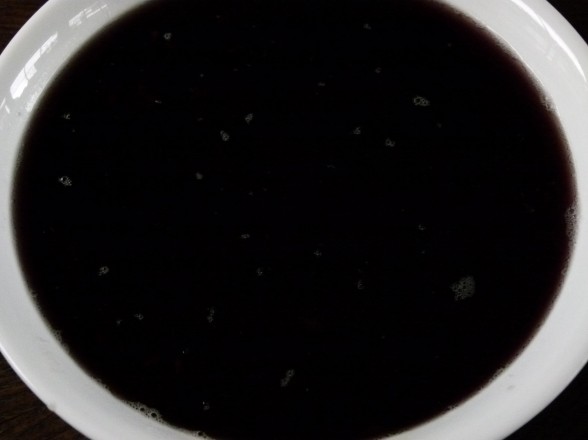
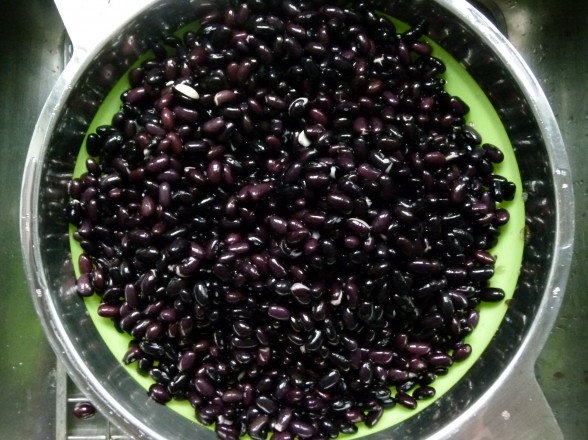
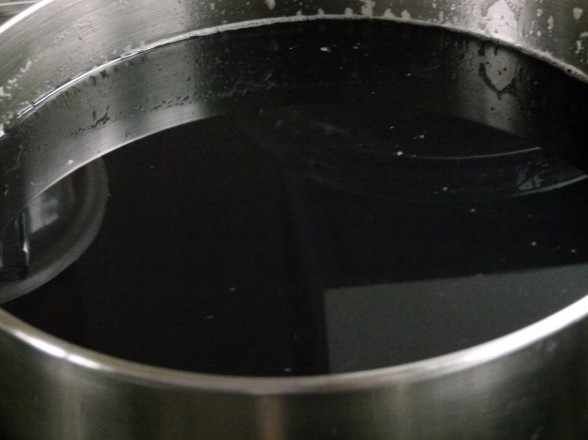
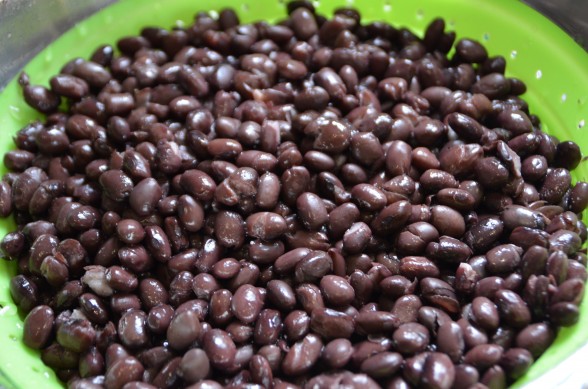
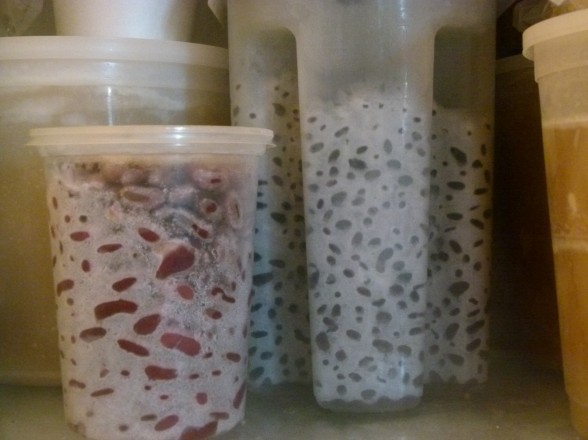
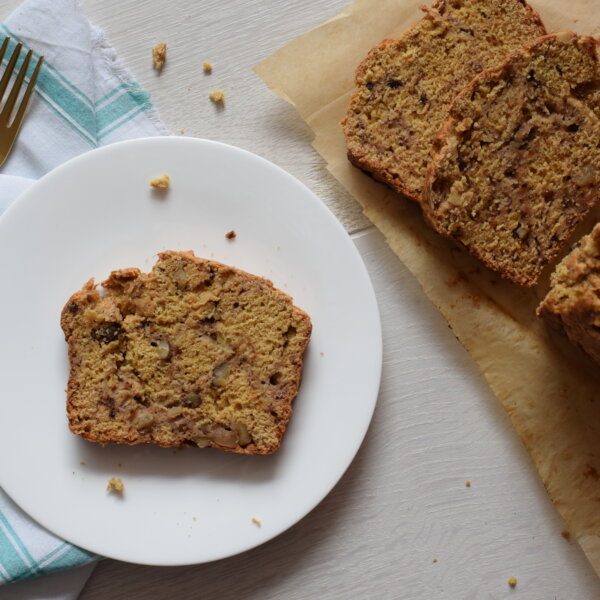
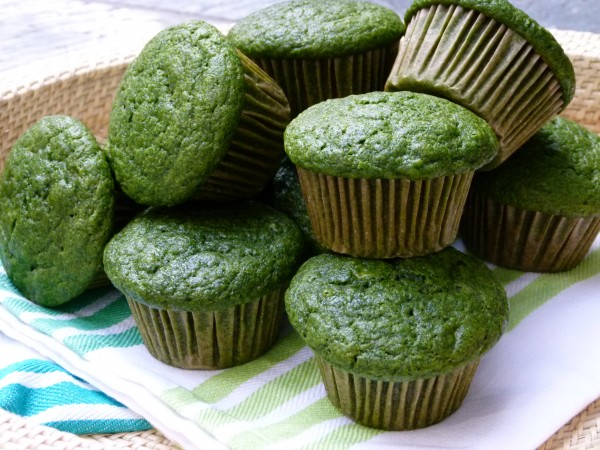
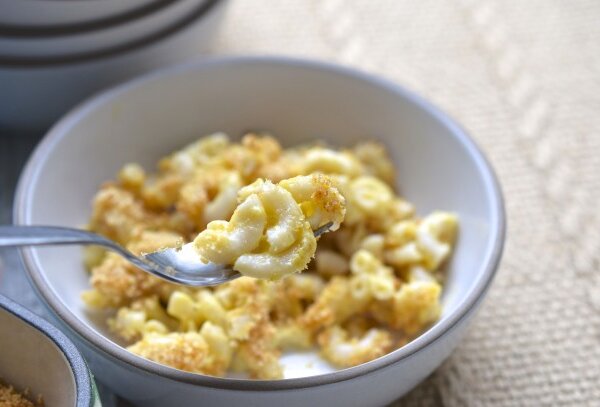
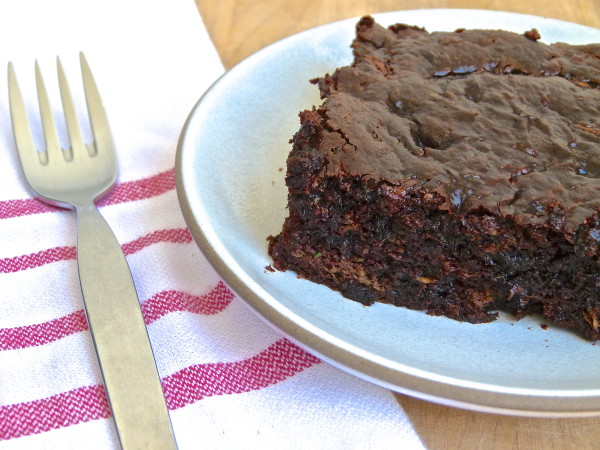





There is also a quick soak method that I use whenever I forget to let them soak overnight and it works just as nicely. First, you put the beans and three times their water into a large pot. Bring it to a boil for one minute. Then, turn off the stove and let the beans sit in the water for at least one hour. Super fast, super easy! Then, you cook them in the soup as you would beans from a can.
Yes, totally correct! I remember my mom doing this when she was in a pinch. Thank you for that, Liz!
Just what I was looking for! We can not get black beans in cans here, (austria) so when I found dry ones I was super excited. But then, how to cook them right the first time round? Thank you! The black bean burgers were a hit.
That’s so interesting that you can’t get canned! So glad that this post was helpful! 🙂
Sat down to check email, etc. with a pot of beans cooking on the stove! Checked my feed for your blog and couldn’t believe when I saw the heading. Thankfully, I had done everything you said to do. Can’t wait to have a yummy bean dish tomorrow for lunch! If you’ve never tried the rattlesnake beans from the bins at Whole Foods, you should add them to your list.
How funny! Love it! I can’t believe I haven’t tried rattlesnake beans, but I will put them on the list! Thanks, Tonya~
I normally start soaking my beans the night before with tons of cold water after rinsing. In the morning I either stick them rinsed in a crock pot or on the stove. Unfortuntely because of where I live, I think most of our beans are old, as it sometimes takes 2x as long to cook my beans than it should. So, much of the time I use split yellow or lentils for cooking. Being vegan, beans are my mainstay. Love Kombu added to my beans, along witha bay leaf and hing.
I’m sure you have made more than your share of beans, Marty! Thanks for mentioning the crock pot! I completely forgot to advise that a crock pot and a pressure cooker can be used. Thank you~
Thanks Pamela. Can’t wait to try making beans! Can you tell me a good substitute or two for tapioca starch that would work for most recipes. I prefer it not be corn starch. If your substitute is already in the recipe, in addition to tapioca starch, what would i do? Thanks so much. Jo Elen
Thanks for the instructions…although I actually found out the hard way…by trial and error! Have been cooking and consuming beans for some time now, and my family have adapted and actually love the recipes! Bean soup is our favorite.
Haha! I have learned most things by trial and error! Thanks Patricia!
Much appreciation for your expert guidance on preparing beans from scratch!
You are absolutely right! Using the dried beans makes such a difference. I also add 1 or 2 bay leaves (fresh if possible) to the cooking water.
Yes, I know in some countries bay leaves are used to improve digestibility of the beans. Thanks, Mia!
Thanks Pamela! This is really great and I am going to follow everything you suggested. I tried making a bean salad once from scratch and it was a disaster. I used different types of beans put them all together and they all cooked differently. I ended up with some beans that weren’t cooked at all and some that were total mush!
I’m really glad you left this comment, Nancy. It’s something that I should have mentioned, that you need to cook different beans separately as they have different cook times. And the same type of bean that you purchase from different places can also have different cook times. Thank you!!
I have always wanted to do this and I’m going to do it today!
Great, I hope you have success!